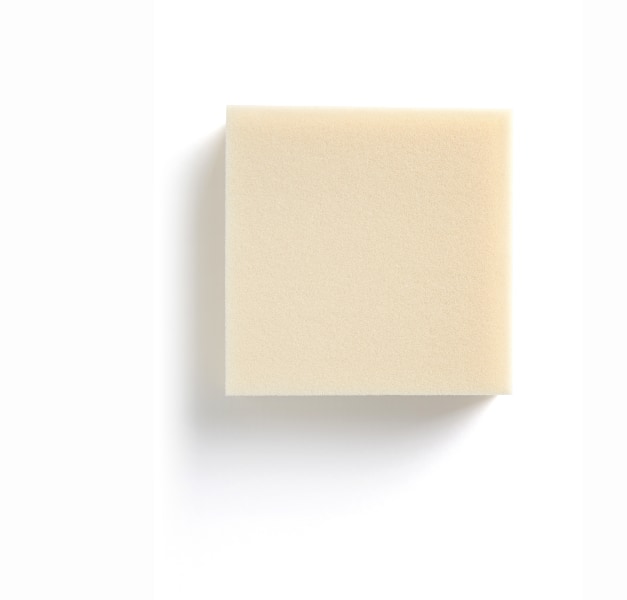IKEA is leading an initiative where new cushions are created from a collection of disposed of cushions, lengthening the life of already made items by enhancing the use of post-consumer recycled polyols in foam. With this effort, IKEA aims to reduce foam winding up in garbage dumps, decrease pollution, and also drive the sector agenda to develop foam options centered around recycled products. The target for 2025 is a minimum of 20 percent recycled and/or renewable web content in the polyols utilized in foam manufacturing for IKEA cushions.
At IKEA we proceed with the job to make our offer more sustainable and also affordable. We are eliminating much less lasting products, as well as materials as well as, and are presenting brand-new options. Foam (polyurethane foam) is traditionally made from virgin fossil-based content. Polyols, which is among the main ingredients in foam, can be partially changed by all-natural oil polyols from eco-friendly sources such as soy, castor oil, rapeseed, etc. Today there are numerous items in the IKEA range that has eco-friendly polyol web content in the foam.
IKEA gets on a journey to transform into a round business and intends to utilize just recycled or sustainable products by 2030. For that reason, finding a replacement for products made from virgin fossil fuels is an essential step that requires to be taken, consisting of foam.
“Considering that 2015 IKEA has actually been establishing as well as applying renewable web content in our foam. We are challenging the sector as well as functioning carefully with our partners to find solutions that can enhance the eco-friendly web content share in our foam products. Furthermore, we are currently taking lead, together with our partners, in establishing post-consumer recycled foam and a circular business model with the aspiration to only utilize renewable or recycled products by 2030. The target for 2025 is a minimum of 20% recycled or sustainable polyols in our foam cushions.” claims Caroline McGarvey, Material & Innovation Area Supervisor for fabric and convenience products at IKEA of Sweden.
IKEA has currently today, through collaboration with companions, produced some mattresses with material from pre-consumer recycled polyols in the foam, combined with virgin fossil-based product. This has been attained by taking foam waste from manufacturing as well as chemically recycling it into polyol to produce brand-new foam. The following action is to discover if the exact same recycling procedure and web content mix can be used for post-consumer foam also while meeting the very same item needs as virgin fossil-based foam.
This opens up the possibility for a round service design where IKEA reclaims, for instance, old mattresses and also furnishings and separates the foam materials at a disassembly system. The foam is used to make recycled polyols for brand-new foam as well as cushion production. At IKEA we are piloting the process which could be part of the round business model for foam, where we have abilities of disposed of bed mattress foam from our dismantler companion as well as where our mattress manufacturer is establishing a re-polyol system close by.
One of the greatest difficulties to get rid of for the mattress reusing sector is mapping the heritage chemicals in the old cushions used in the reusing process. That is why one of our main goals in the campaign is discovering options for checking the chemical content and identifying, as well as separating post-consumer foam with undesirable traces of chemicals that are not ideal for making use of in production.
There are still some obstacles to get over, and also we are simple to the reality that it takes some time for a market to develop. What we can do currently to decrease our dependency on virgin fossil-based products is to design our products to make use of much less foam.
“Post-consumer bed mattresses have for decades been seen as low-value waste where the majority of the old cushions wind up in landfills. We want to transform the understanding of foam and deal with the trouble of old bed mattresses contaminating the environment. Through collaborations with our suppliers and partners, we have managed to find a good, much more sustainable remedy. We are still in the establishing stage, yet it will not be long prior to the initial cushion with post-consumer recycled foam loading meeting clients in the IKEA store. We still have some way to head to make foam 100% sustainable or recycled, but we have begun our trip. We are established to make it happen as our team believes good comfort needs to be budget friendly and also sustainable.” states McGarvey.
GREENMAX – Foam Recycling Machine
GREENMAX, the brand of polystyrene recycling machines owned by INTCO Recycling, was established in the United States in 2008. GREENMAX polystyrene recycling machines can solve the problem of high storage and transportation fees caused by very low foam density and large volume, thereby helping customers reduce recycling costs. So far, GREENMAX has provided EPS waste disposal solutions to nearly 1,000 customers in more than 70 countries and regions around the world.
GREENMAX has focused on serving high-and-mid-end consumers in North America and European for over 10 years, where we have built our reputation by offering high-quality GREENMAX polystyrene recycling machines. Our VIP partners include RICOH, Foxconn, Sohnen, Marine Harvest, Whirlpool Nestlé Waters, Pepsi, etc.
GREENMAX now has four series of waste recycling machines: Mars, Apolo, Poseidon, and Foam Crusher, which can handle all types of foam waste, including EPS foamed polystyrene, XPS extrusion Plastic polystyrene, PSP polystyrene paper, EPP expanded polypropylene foam, and food boxes and beverage packaging, etc.
If you are interested in foam recycling solution, pls click here and contact us today.
